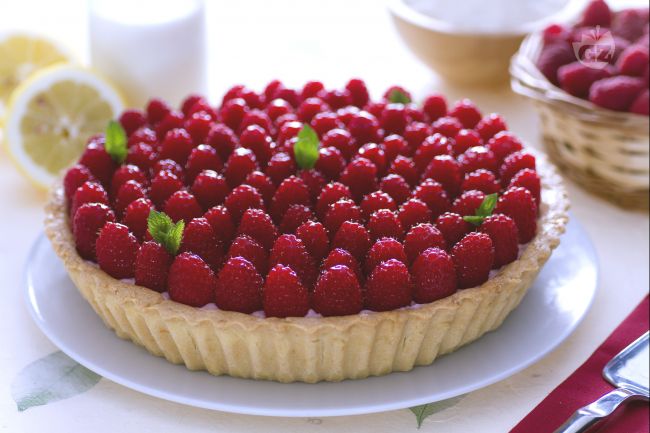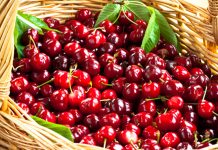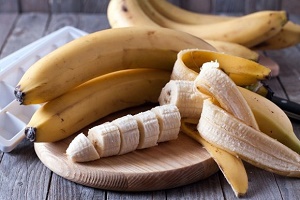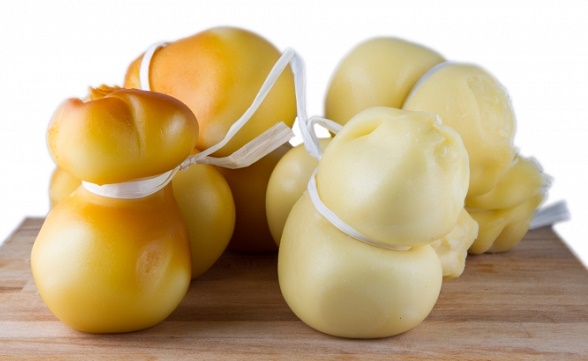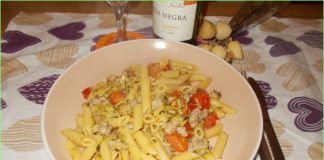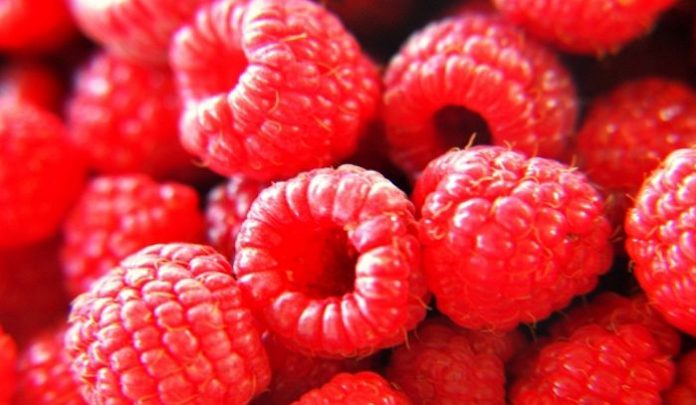
Introduction for the raspberries
The raspberry, is a sweetish fruit with sour scents, very appreciated by those who especially love the berries and is much sought after by those who follow the culture of herbal medicine.
This fruit has many properties, one of the most important is diuretic. Also contains a good amount of vitamins, especially ascorbic acid, in addition to the presence of phenolic substances such as tannins and anthocyanins, molecules very important for their antioxidant properties and therefore also anticancer.
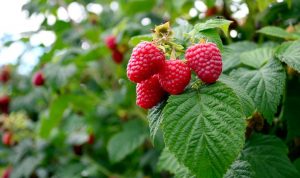 In the herbal field, this fruit also uses the buds, roots and leaves, for the preparation of infusions, extracts and decoctions, with different functions for our body.
In the herbal field, this fruit also uses the buds, roots and leaves, for the preparation of infusions, extracts and decoctions, with different functions for our body.
Raspberries are eaten mainly fresh or frozen and from these you can also get excellent jams and syrups.
Always with this fruit, an alcoholic beverage is made, very difficult to find on the market. It contains a portion of modest alcohol, equal to about 5% and very often to encourage fermentation, once the must has been made, the sugar is added.
Generalities and nutritional values
European raspberries, belonging to the group of berries and after flowering, originate a shrub that belongs to the family Rosaceae, of the genus Rubus, species Idaeus. The binomial nomenclature of this plant is therefore Rubus Idaeus.
European raspberries, however, do not represent the one and only species of this genus just mentioned above, in fact the American raspberries are also very well known also of a very bright red color, the Rubus Occidentalis, instead of black, and the Neglectus, of purple color.
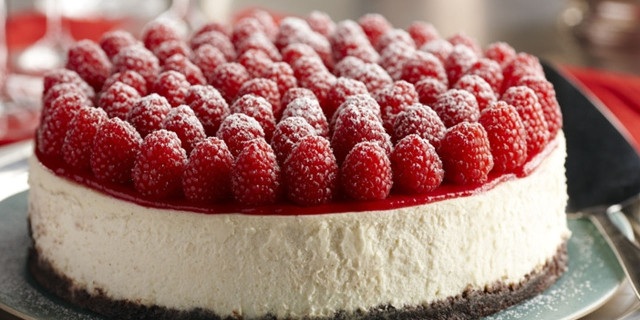
The raspberry species most cultivates in the world, however, remains the European one, whose origins are from the old continent and Asia minor.
We can make two distinctions of raspberries: the first is the unifera quality, which is produced only once a year between the end of summer and the beginning of autumn, the other is the biifera, which is grown in the springtime and in the autumn.
Raspberries, just like blackberries, are polidrupes fruits, or formed by the union of different drupes on the same receptacle that is convex in shape and belong to the category of compound fruits or also called aggregates.
Unlike blackberries, which once mature take a very dark color tending to glossy black, the raspberry maintains an opaque red color, deriving from the presence of bloom which is a vegetable wax that acts as a protection.
The cultivated raspberry is often forced to the uniform production of which we talked above, in such a way as to increase the quality of the product, late summer and autumn, even if the maturation depends on the climate and the solar exposure of the plant.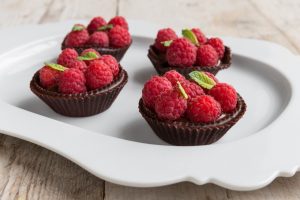
Both crops, both the unifera and the biifera, always require great cultural extension, because the productivity of the fruit is very modest.
The energetic classification of raspberries is the same as those that contain fewer calories. This fruit consists mostly of water with a percentage equal to 85% of the total mass.
Among the energy properties, the most important are the simple carbohydrates, given by fructose equal to 7% and these determine the total amount of energy value.
The free acids present, which are those that give the raspberry its typical sour taste, have a percentage equal to 1.5%, while the proteins, have 2%.
The inner seeds and the cellulose fiber represent 6%, while the mineral salts only 0.5%, of the total weight of the raspberry.
Curative properties and uses
As we have already mentioned, the raspberry is very rich in vitamin C and this is very known for its anti-inflammatory properties, especially the respiratory tract.
Lately thanks to several scientific studies, anti-cancer properties have come to light, especially from the dark raspberry, a highly appreciated fruit.
It would seem, in fact, that this fruit contains a substance that we can also find in strawberries, or ellagic acid, a powerful antioxidant that has inhibitory properties regarding the feeding of cancer cells, especially those at the intestinal level.
In the period of pregnancy, raspberry consumption is recommended to women, because this contains folic acid and vitamin P, which provide benefits for the development of the fetus thus improving the elasticity of blood vessels.
We can benefit not only from the fruit itself, but also from the leaves, which are very rich in tannins, and an infusion with these, could be very useful in case of diarrhea, or inflamed throat making gargle with the infusion of the leaves, and also for eye inflammation.
As you have seen, the raspberry is a versatile fruit, with many nutritional properties useful to the human body and also very tasty on the palate.
